Finished “Flyboys” the other day. Can’t recommend it enough. Excellent book about a little known dark chapter of the pacific war.
Started reading “No Easy Day” finding it interesting so far.
Finished “Flyboys” the other day. Can’t recommend it enough. Excellent book about a little known dark chapter of the pacific war.
Started reading “No Easy Day” finding it interesting so far.
David Hobbs has written a great series of books on British Royal Navy’s carrier aviation, hasn’t he? I was gifted his follow up book “Taranto” for Christmas and have also read both “British Aircraft Carriers” and his In the Builder’s Plans “Aircraft Carrier Victorious” ![]()
Yes Hobbs has. I have a couple of amazon gift cards that I’ll get Taranto with
I have both in hard back. Had forgotten I owned them till about a week ago when I came across them in a stack of books. They are a good read
gary
you need to find a copy of Soldier. Just reading the second chapter will make your hair stand up. Can’t remember if John wrote this book or Tony Herbert did. In that book you will learn how and why Herbert won the Osman.
gary
well I have two books to read that have been gathering dust for eons :
On the back burner:
If audio books count, I just finished Writer, Sailor, Soldier, Spy: Ernest Hemingway’s Secret Adventures, 1935-1961, and The Pirate Hunter: The True Story of Captain Kidd. (HARV, you should find that one.)
Hard copies I’m working on:
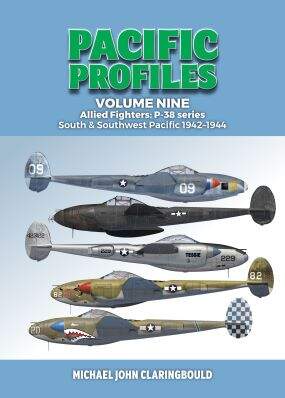
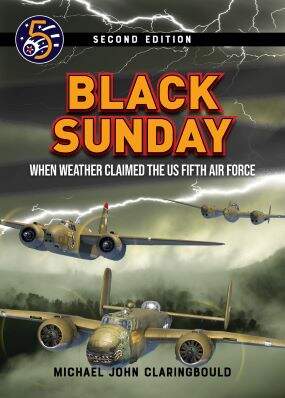
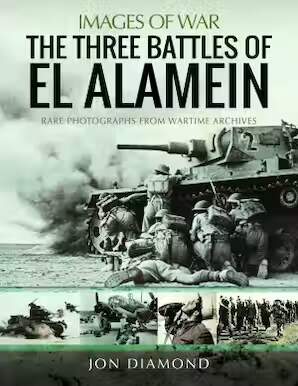
And a host of others.
Finished the Warpaint on the P-40. Moving to
Finished the Wingleader on the Lancaster early series and moving to
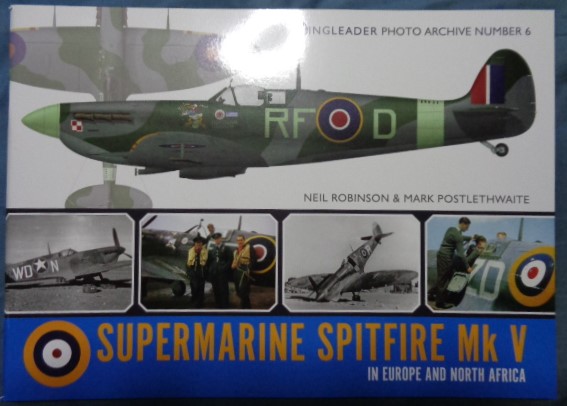
@Gary_Totty can you give me more info on those books, both the authors names and full title please.
i picked up John L Plaster’s third book: “A photographic history of SOG”. there are idiots demanding $250 on ebay for a copy but i got a hardback copy on amazon for just over $30 and it was well worth it.
it has pictures of everything and everyone, including the legendary Miss Billy Alexander who helped so many young men get to SOG.
There is also a picture of the South Vietnamese officer who was a spy and sending classified information to the North Vietnamese.
Argh Matey ![]()
![]()
![]()

Fred those look like good books I need to get PP Vol.9 and Black Sunday.
On a more general note I’ve been reading a book ‘Operation Watchtower’ on the battles for Guadalcanal, now as it’s a subject I have a interest in I have read quite a few books, watched documentaries etc but this book about 1/4 the way in I find the author naming thinks wrong - Bell P-400 Airacobra which he calls an Air Cobra several times and going down the road of repeating aerial victory claims straight off the intelligence officers page which have been proven by all sides to be inflated. This shows to me lazy research or not knowing the subject you’re writing about.
My question to you all in cases like this do you continue reading the book or throw it?
At the very least I’m now suspicious of anything I read in this book shame as he has several other books covering the island hopping campaigns.
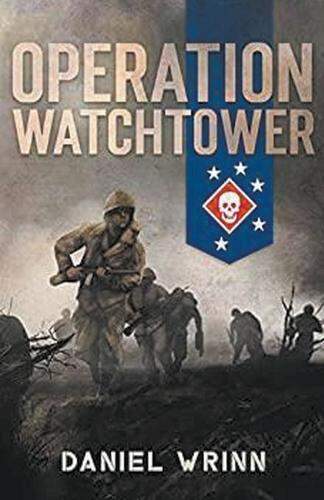
My idea of whether to keep reading or throw it out is based upon how much you actually know about the campaign and the air combat overhead, really any aspect of the battles, air sea or land. I’ve lost interest in some books because they have mistakes or use old data. I do concur that if they’re making such avoidable mistakes, it does make me question everything else that they write. A year or two ago I reviewed an Osprey Air Campaign book about the reduction of Truk. The author started out making silly errors in terms of aircraft performance or armament, which was bad enough, but then he started making bizarre claims such as Truk being attacked by the 11th Air Force and 7th AF bombing New Guinea; 11th AF was based in the Aleutians, which the closest Aleutian base to Truk was farther then twice the range that B-29s flew from the Marianas to Japan. He had two or three other big errors in that book. It is a review here on KitMaker and I don’t remember exactly what I wrote but I was critical of it for that very reason, commenting something along the lines of it being misleading for people who have not been studying the Pacific War for decades. The same author also wrote a book about B-25 skip bombers against Japanese destroyers, and was pointed out that he wrote that they made their attacks stern to bow, instead of from the sides. Somebody pointed out that pretty well every bit of photographic and written evidence shows that skip bombing attacks are made from the side. But I found a copy of a 1940 or 41 or 42 USAAC/USAAF manual describing low altitude attacks on ships, stating that against unarmored ships always attack from the side but against ships with more than - IIRC - an inch and a half of armor, to approach from the port or starboard beams, not from the side. And there are series of combat photos showing attacking Japanese corvettes and frigates and destroyers, in which the path of the aircraft are almost parallel with the ships. Does that mean that they were attacking from the bow or the stern, or does that just show that the ship was violently maneuvering to present the smallest target to the bombers by the time the photos were taken? Regardless, it was an interesting and useful book, but there are reasons to be suspected anything else that’s written in it.
That’s a very long-winded way of saying that if I pick up and start reading a book with lots of factual errors in it, then I conclude as you do that the author is just lazy and perpetuating myths. I would find something better to read.
And now I will contradict myself. From looking at the book, he’s trying to tell the story of the entire campaign. He may not be an aircraft aficionado. And hopefully the books that he has written since then, he has learned through feedback and constructive criticism where he needs to focus more attention on accuracy.
If you do continue reading, I would be interested in if he continues to make mistakes, and whether he starts making really bad mistakes. Also, there are so many excellent new works coming out using resources that were not available even a few years ago. Michael clearingbold has released several books that are iconoclastic when it comes to allied planes racking up double digits to one killed a loss ratios over the japanese. But he has access to a lot of primary documents, and a familiarity with reading Japanese, so he’s getting into knowledge vaults that we’re just not available a decade or so ago.
One thing that recent research has caused me to realize is that, to put it bluntly, we have been propagandaizing ourselves for over 50 years. John Parshall in his book Shattered Sword, he takes on Fuchida’s myth of the flight deck gridlock. For 50 years I grew up reading that there was hardly any surviving records from the japanese. Well, for a variety of reasons, there’s a lot of documentation starting to open up for primary Japanese military sources. I guess a lot of it has to do with as the veterans get close to dying, or have passed away and their families decide to empty out their foot lockers to museums and historians, secreted stashes that they brought home and survived the war and now being brought to the light by people who have the interest, objectivity, and ability to study them.
And sometimes there’s just the fact that the people you interview are coming from a biased culture and knowledge base. For instance, the A-36 dive bomber, what was it called? Or rather, what was it named? I’ve seen it called the Apache and the Invader. A current aviation magazine that I highly regard even had a cover story about ‘flying the A-36 Apache in combat’. The pilot called it Apache all throughout. About that time, on the Facebook group Allied Aircraft and Airmen, people were arguing about what to call the aircraft. Now there are two people on there, one a no-joke real life F-16 pilot and warbird pilot, got on and started posting original primary source material from the Army Air Force and also from Lend-Lease commission. The actual primary source material show that the North American A-36 was officially named Mustang. Then they addressed the fact that an A-36 unit in Sicily and Italy for a time called their aircraft Invaders, and some government sources wrote news stories about the “A-36 Invaders”. But you can also find where maybe it was just a squadron thing, but the pilots refer to them as Apaches. I even have an old magazine advertisement from Allison that refers to the A-36 apache, " The British call it the Mustang."
Looking for other MACV-SOG books i rappelled on this excellent site
Depends on the book and author. American Sniper by Chris Kyle has mistakes in the naming and calibers of weapons. But clearly Chris knew his stuff, so I just blamed the editors/ghostwriters and kept reading.
With reference to the Mustang, and take this for whatever it’s worth. Allison Engine Company started out calling the North American design Apache, but NA called it the Mustang. Brits were the main users of the Allison engine Mustangs, and it seemed like they used all three name tags at one time or another. Allison never talked a tremendous amount about the Mustang and mostly spoke of the P39 and P38. Where the name tag of Invader came from still bugs me.
Somewhere I have a book on the Allison engine Mustangs, and there actually are three and maybe a fourth. I sort of wonder if that’s where the three name tags came in to play.
gary